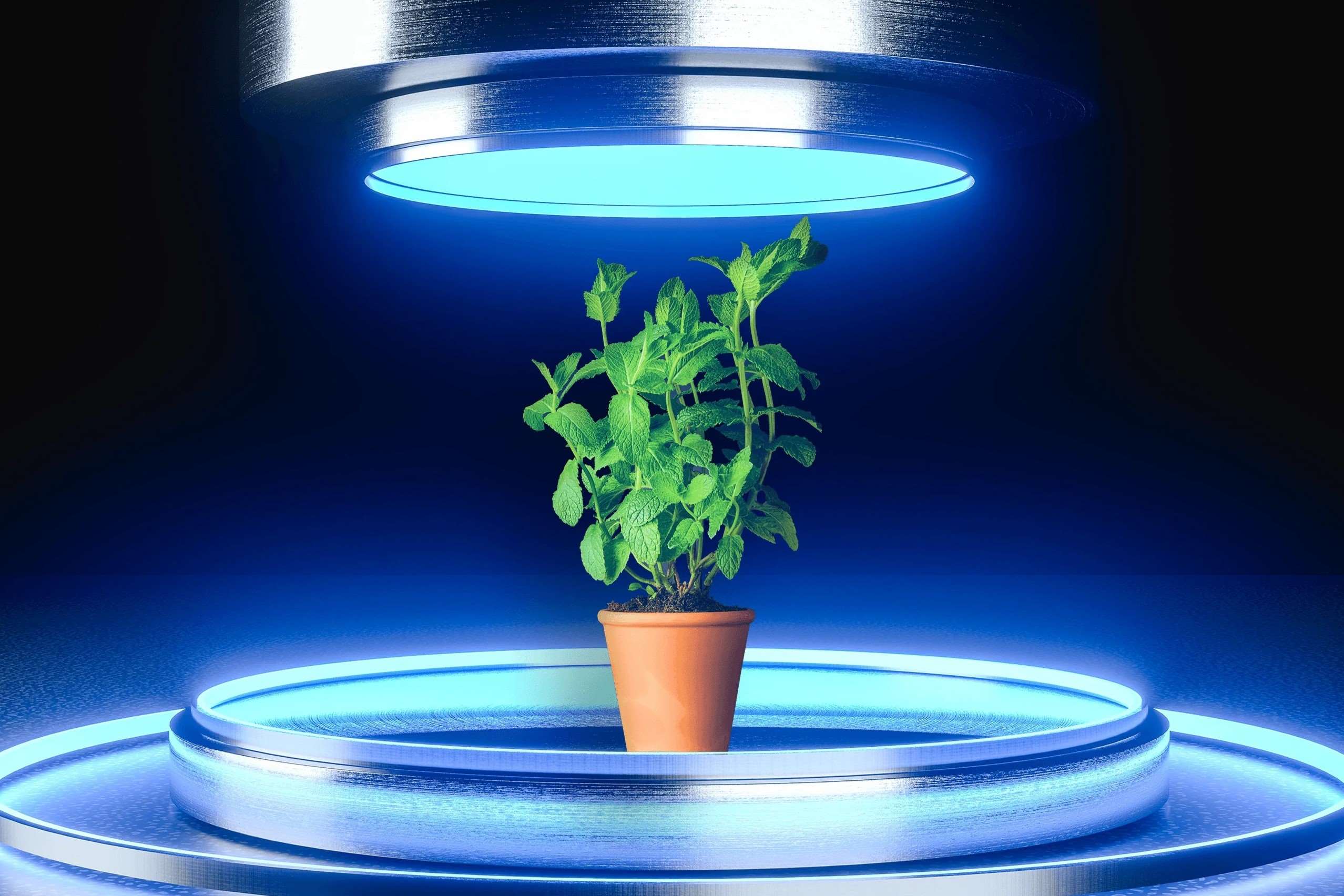Understanding the Role of Blue Light in Plant Growth for Better Results

Back in my early days of indoor gardening, the idea of “light spectrums” had me utterly baffled. I remember pulling a musty grow guide off the library shelf and being greeted with charts that looked like something out of a physics textbook. Peaks, valleys, nanometers—enough to make anyone’s eyes glaze over. Yet every expert swore by the importance of blue light, spinning tales worthy of secret societies: “Get your ratios right or your seedlings will flop!” It sounded complicated—and maybe that was part of the problem.

But here’s what I eventually learned (the hard way): You don’t need a PhD in plant photobiology to grow strong, happy plants indoors. In fact, most experts make it sound trickier than it is.
The Truth About Blue Light—Simplicity Over Science Jargon
It hit me during a dreary February when my kitchen basil looked more like pale spaghetti than anything you’d want on pizza. I’d been using a bargain-bin desk lamp—no special bulbs, just warm white—and watching those stems stretch further each morning, practically begging for rescue.

After one too many failed batches (and one memorable incident where the entire tray collapsed overnight), I stopped listening to all the complicated advice and tried something absurdly simple: I replaced my lamp with an LED strip labeled “blue boost.” Nothing fancy—just an Amazon find boasting 460 nm as its main claim to fame.
Within ten days—yes, just ten—the difference was astonishing. The new leaves emerged wider and firmer; even brushing my hand over them released that punchy basil scent I’d missed all winter. No calculations. No spectrum analyzers. Just swapping out the bulb.

Why Blue Light Is Your Plant’s Personal Trainer
Here’s what actually happens: blue light acts like a gentle coach for your plants—not yelling at them to do push-ups, but quietly nudging them toward better posture and stronger builds.
- Photosynthesis Kickstart: Blue light tells young leaves to absorb energy efficiently (imagine it calling out: “Wake up! Time to work!”).
- Compact Growth: Instead of growing tall and flimsy (which plants do when reaching for light that isn’t there), blue light keeps stems sturdy and leaves broad.
- Breathing Easy: Stomata—the tiny mouth-like pores—open most eagerly under blue wavelengths. This keeps gas exchange flowing and photosynthesis humming along.
You’ll hear experts toss around terms like “chlorophyll absorption” or “phototropism,” but honestly? If your plant looks upright and lush under 12–16 hours of decent blue-rich light per day, you’re nailing it.
How Much Blue? Don’t Sweat the Math
Here’s my trick: Don’t get bogged down in percentages unless you’re running a commercial greenhouse with spreadsheets taped to your wall.

If you’re using any full-spectrum LED labeled for grow use, odds are it covers the basics (and if it lists 450–495 nm anywhere on the box—even better). Want extra assurance? Aim for about 20–30% blue if your fixture lets you adjust color channels—but don’t worry if yours doesn’t; most modern LEDs get close enough for home growers.
Anecdote time: My neighbor Sarah once spent three weeks trying to optimize her fluorescent tube setup by swapping bulbs daily based on an online formula. Meanwhile, her daughter strung up two cheap blue LED panels from IKEA in her room—and ended up with parsley so thick she was giving bunches away at school pickup.

What Happens When You Get It Wrong? Real Lessons Learned
I’ve made every mistake possible:
- Too little blue: My cilantro grew taller than my coffee mug…then flopped face-down onto the windowsill overnight.
- Too much blue: Once I ran nothing but pure-blue aquarium lights as an experiment—my kale turned tough as shoe leather and started showing purple veins.
- Unbalanced spectrum: When I got excited about all this, I briefly went all-in on red lights hoping for bigger tomatoes; bad call—my basil withered while waiting for its “blue fix.”
What fixed everything? Watching how each plant reacted week by week after changing one variable at a time—and jotting quick notes in a $2 spiral notebook from the grocery store (no apps required).
The Easiest Lighting Routine You’ll Ever Follow
- Pick Any Decent Grow Light marked “full spectrum” or listing coverage near 460 nm.
- Set It Up For 12–16 Hours Each Day—a cheap plug-in timer is your best friend here.
- Observe For Two Weeks: If plants stand tall and leaves darken up, keep going!
- Adjust Only If Needed: Still floppy? Try switching to a fixture with higher blue output or adding a basic supplemental panel.
- Keep Notes By Hand—you’ll be surprised what patterns show up after just one season.
- Ignore Those Who Overcomplicate Things (unless you want laboratory-level results).
Bringing It All Home
The real secret experts rarely mention is this: Plants aren’t grading you on perfect lighting math—they respond best when you provide consistent care and pay attention to their feedback.
So next time someone pulls out graphs or starts preaching about nano-this or micro-that, remember my basil story from that gray February kitchen window. Sometimes simplicity wins hands-down—a single bright blue strip can work magic where complexity fails.
Trust yourself enough to keep things straightforward—and let your plants be proof that sometimes less technical fuss leads to more green success than any expert formula could promise!



